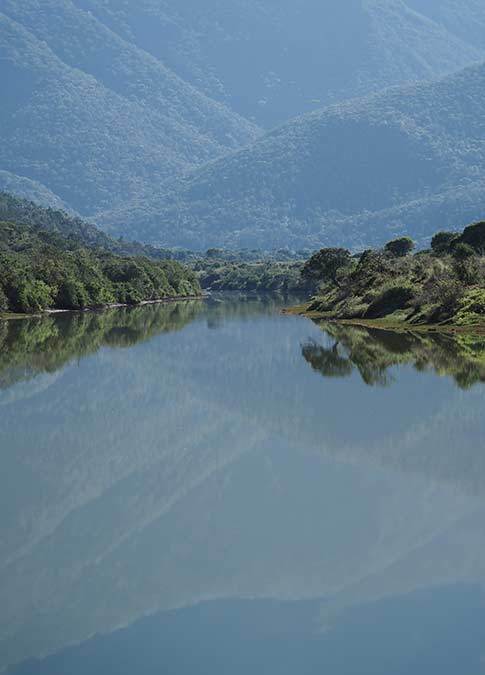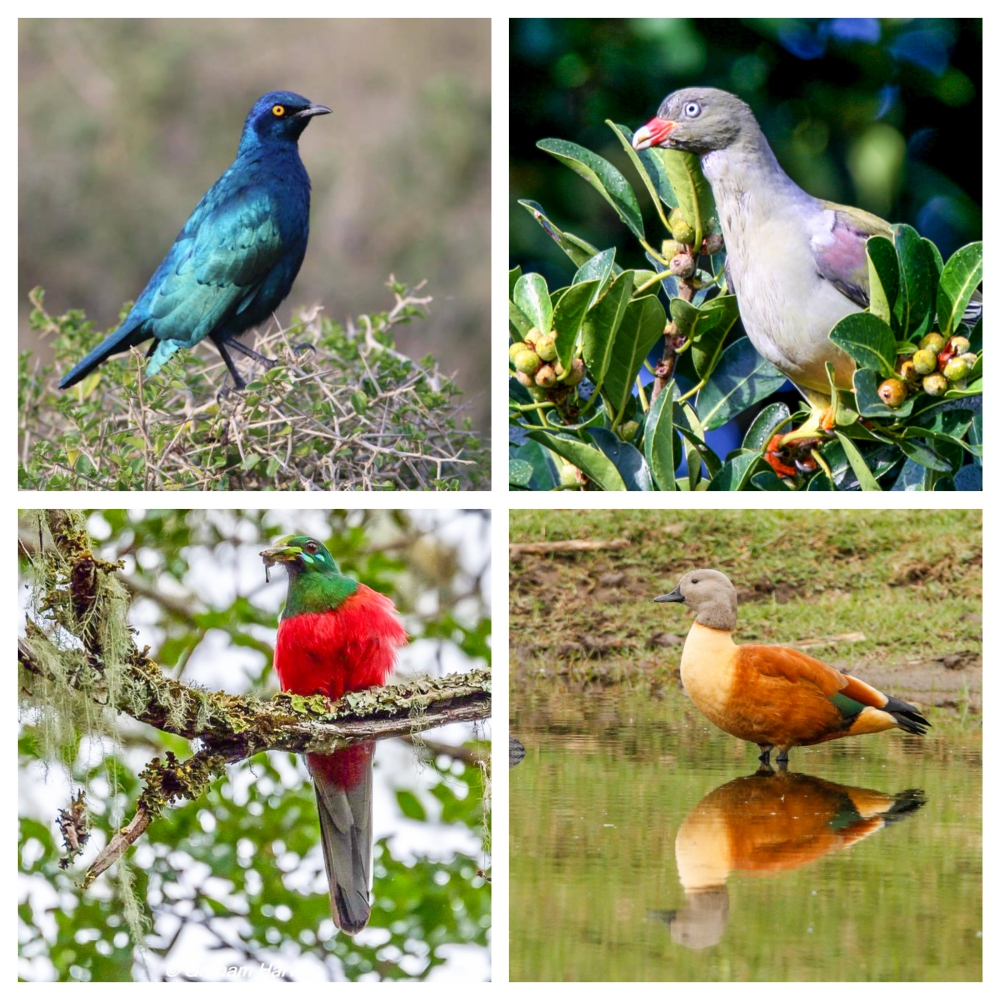South African Safari | Colourful Birds
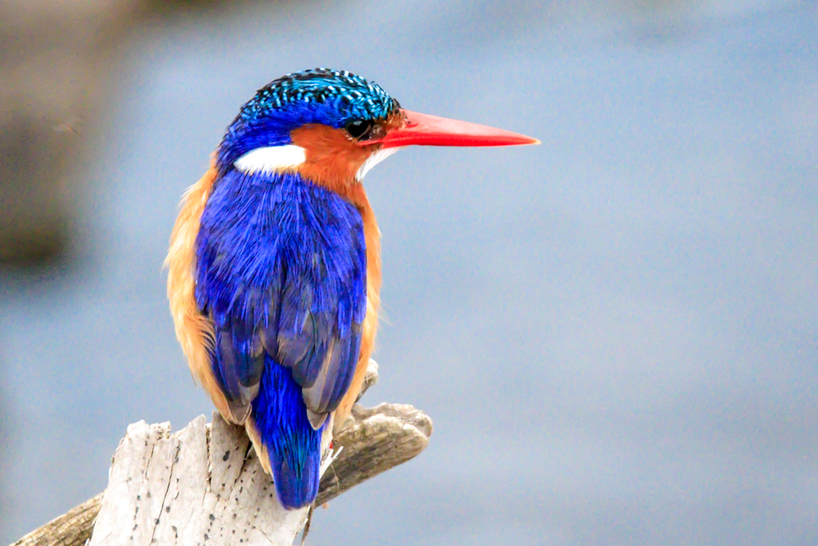
Are you interested in a South African safari that includes colourful birds as well as the Big 5? If so, then look no further than Kariega Game Reserve. Our private game reserve is situated on South Africa's malaria-free Garden Route and spans across 10,000 hectares of pristine Eastern Cape wilderness. The reserve is a paradise for birdlife and we are privileged to have over 300 species of birds, including numerous colourful birds such as the malachite (above) and pygmy kingfishers (below), Knysna turaco, Cape longclaw, glossy starling, green pigeon, Narina trogon and African shelduck (all pictured in this article). If we include coastal and marine birds, the number of birds that can be seen at Kariega Game Reserve exceeds 350 species.
- Watch our waterbirds video that includes a number of these bird species.
- Find out about migratory birds seen in summer (December to March) at Kariega.
- Learn what Cape weavers get up to in spring (September to November).
- See photographs of some of the birds seen on the Kariega and Bushman's rivers.
- See photographs and find out more about Kariega's birdlife on our blog.
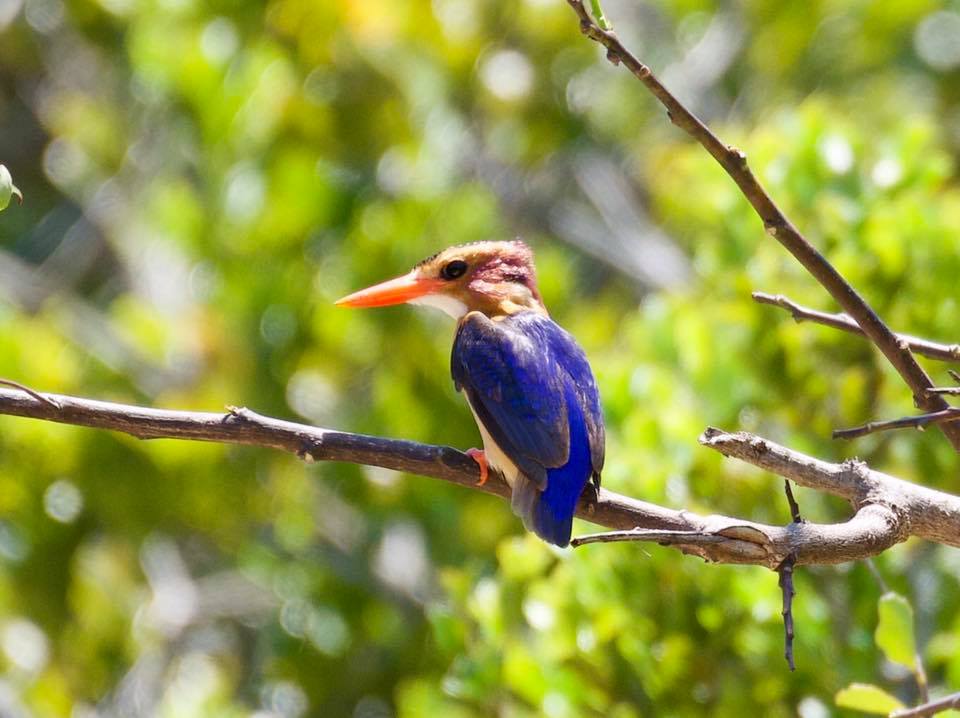
South African Safari Bird Colours
According to Cornell University Bird Academy bird colours are created in two different ways, either from pigments or from light refraction caused by the structure of feathers. A combination of these factors can also create different colours.
Bird Colours Caused by Pigmentation
The following substances cause bird feathers to have specific colours:
- Carotenoids. These are created by plants and are acquired when a bird eats a plant or something that has eaten plants, such as a caterpillar. These create reds, oranges and yellows.
- Melanins. These occur in both the skin and feathers of birds. Different concentrations and locations of melanins determine the colour we see. Colours vary from the darkest black to reddish brown to pale yellow. Feathers that contain melanin are stronger than feathers that don't. White feathers do not have any melanin and are thus the weakest feathers in any bird. They are less resistant to environmental conditions such as rain and sun.
- Porphyrins. These glow bright red when they are excited by ultraviolet radiation. Porpyrins produce a variety of colours including pinks, browns, reds and greens. For example they cause the beautiful greens and reds in the Knysna turaco (pictured below, photo thanks to Grant Deetlefs).
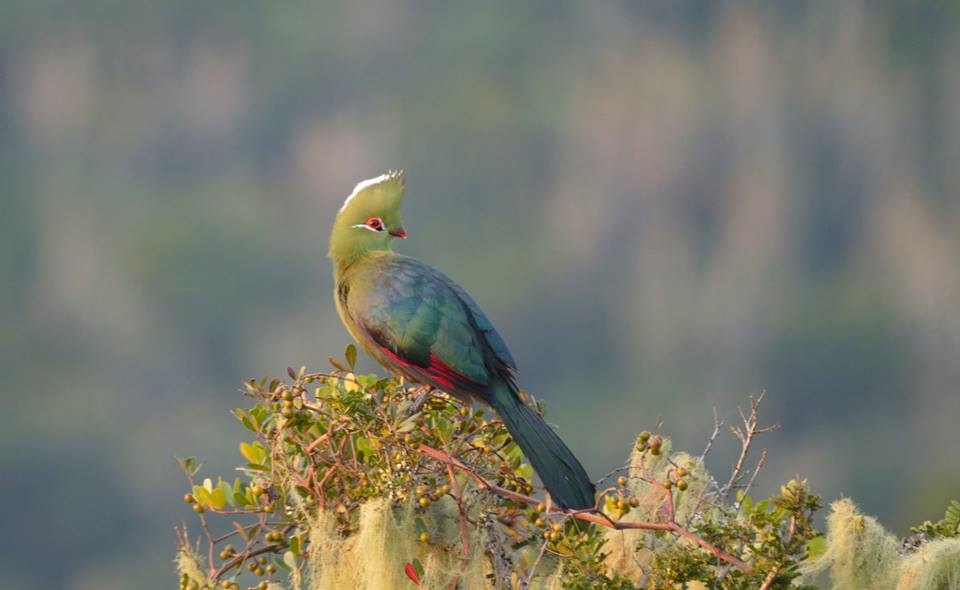
Bird Colours Caused by Different Feather Structures
The structure of birds feathers determines how the light is refracted by the proteins in the feather.
- Iridescent feathers. The structure of these feathers causes the light to refract like a prism. The light is split into different colors which change as your viewing angle changes. This type of colour can be seen in the glossy starling pictured on the top left of the below collage.
- Non-iridescent feathers. Some feathers have tiny air pockets which scatter incoming light and result in it not showing up as iridescent.
We have included a few examples of pigment and structural colouration in the collage of birds above. The gorgeous iridescent green-blue of the glossy starling was taken by Andrea Page, the pinkish-purple on the green pigeon, the bright red, green and blueish green on the elusive narina trogon was taken by Graham Harvey and the gorgeous colours of the African shelduck was taken by Jo Haesslich.
South African Safari Colourful Bird Habitats
Kariega Game Reserve is fortunate to include a wide variety of habitats for colourful birds, including riverine thickets, mountain forests, open grasslands, coastal forests and fynbos. This wide diversity in vegetation means that a variety of birds make their homes on the reserve and we also get visits from numerous migratory birds.
There are many fascinating things about birds that your field guide will share with you during your South African safari if you ask. Try a few of these questions and you will be surprised at the answers: Why does a raptor fly in circles in a certain area? Why do shrikes pin their prey onto exposed thorns? Why does a starling aggravate ants and then lie around their nest only to be attacked by them?
If you are interested in learning more about colourful birds, the best way to get a glimpse into their world is to sit in an area and just wait, observe and appreciate what comes your way. When you first sit down the birds may stop what they are doing, move a away or completely leave the area. If you are very quiet and patient the birds will most often return and you will be delighted by the variety of colours, shapes, sounds and behaviour that you will enjoy.
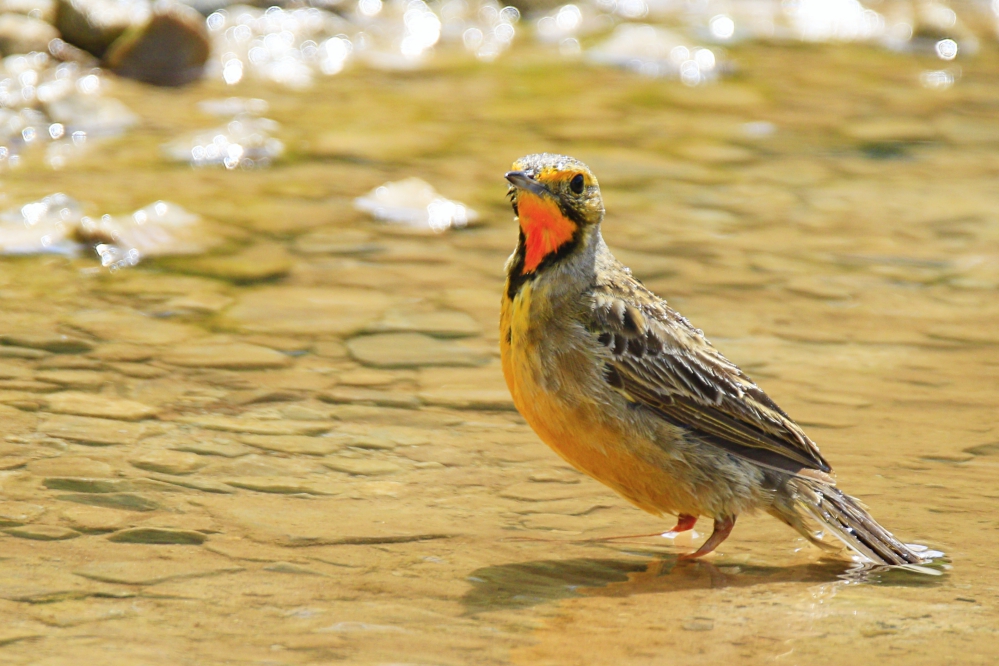
Did you see any amazingly coloured birds when you were on your South African safari? Please tell us about them and share photos and videos with us on Facebook, Instagram, Twitter and YouTube.
"In order to see birds it is necessary to become part of the silence" ~ Robert Lynd

